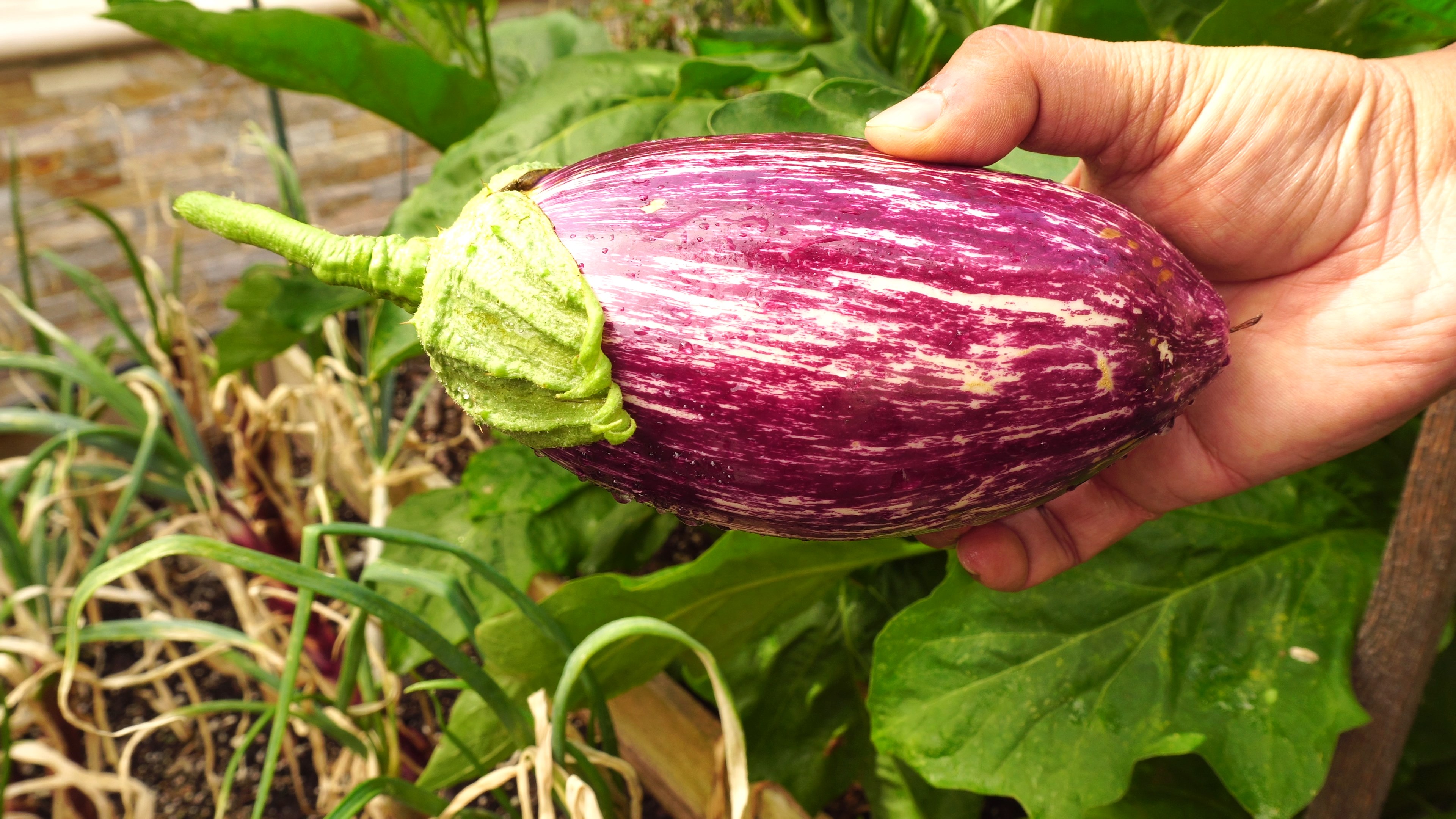

To our knowledge, there are no published studies in the United States on the effect of irrigation rate on the yield and plant growth of drip-irrigated eggplants. Excessive irrigation rate not only wastes water, but may also result in reduced yields in bell pepper ( Díaz-Pérez et al., 2004 Sezen et al., 2006) and tomato ( Locascio et al., 1989 Ngouajio et al., 2007). In southeastern United States, eggplant is often produced with high levels of irrigation water (above the rate of ETc) and N fertilizer, resulting in water waste and N leaching. There are several studies on eggplant irrigation carried out in Asia, Africa, and Europe ( Aujla et al., 2007 Behboudian, 1977 Chartzoulakis and Drosos, 1995 Gaveh et al., 2011 Karam et al., 2011) showing that eggplant can be produced at moderate levels of drought stress without major impact on fruit yield. However, in contrast to tomato and pepper, eggplant crop can tolerate greater levels of drought stress ( Behboudian, 1977). ha −1 ( Ozores-Hampton, 2014).Įggplant is in the Solanaceae family, as are tomato ( Solanum lycopersicon) and pepper ( Capsicum annum) and shares similar environmental and cultural requirements as those crops.Average eggplant yield in Florida is ≈30 t In 2012, farm gate value in the state of Georgia was $17 million ( CAED, 2013). Department of Agriculture has not collected complete domestic production statistics for eggplants since 2001. eggplant production was valued at $42.5 million, and Georgia, Florida, California, New Jersey, and New York were the top five producers. Keywords: Solanum melongena irrigation water use efficiency nitrate leachingĮggplant, also known as aubergine and brinjal, is widely grown and consumed in southern and southeast Asia and has increased in popularity in the United States as a specialty vegetable. Thus, there is a potential to save water by reducing current irrigation rates without negatively impacting fruit yields. Results suggested that eggplant may tolerate mild water stress, since plants irrigated at 67% ETc produced fruit yields similar to those of plants irrigated at 100% ETc or higher rates. The no treatment effect observed for eggplant in 2011 was likely because study was conducted in a low field that remained moist most of the time, nullifying the treatment effects. In 2011, irrigation rate had minor or no effect on SWC, plant growth of mature plants, leaf gas exchange, and fruit number and yield. Fruit number and fruit yields (marketable and total) were also lowest at 33% ETc and there were little yield differences among irrigation rates higher than 33% ETc. Net photosynthesis and stomatal conductance ( g S) were lowest at 33% ETc. Stem diameter, leaf dry weight (DW), and vegetative top DW increased with increasing irrigation rate.

Foliar N and potassium (K), and CI decreased with increasing irrigation rate, probably due to a dilution effect. In 2010, SWC (0–30 cm deep) increased and soil nitrate levels decreased with increasing irrigation rates. Plant growth, chlorophyll index (CI), and volumetric soil water content (SWC) were monitored over the season. Treatments consisted of irrigation rates based on ETc (33%, 67%, 100%, 133%, and 167% ETc). The design was a randomized complete block with five treatments and four replications. There was a single drip tape along the center of the bed. Santana were grown on raised beds (1.8 m centers) covered with white plastic film mulch. The study was conducted in Tifton, GA, in the fall of 20. The objective of this research was to assess the effects of irrigation rate on plant growth and fruit yield in eggplant. In the southeastern United States, eggplant is often produced with high levels of irrigation water, resulting in water waste and nitrogen (N) leaching. Eggplant ( Solanum melongena L.) is an increasingly popular crop in the United States.


 0 kommentar(er)
0 kommentar(er)
